
Hornworms, those notorious pests that plague tomato plants, have often been likened to the iconic character from Eric Carle’s beloved children’s book, ‘The Very Hungry Caterpillar.’ With their insatiable appetite and vibrant appearance, it’s easy to draw parallels between these real-life creatures and the fictional caterpillar that captivated young readers worldwide.
Just like the caterpillar in Carle’s book, hornworms have an incredible ability to consume vast amounts of foliage. These pests voraciously feed on the leaves of tomato plants, causing extensive damage if left unchecked. Their green coloration and distinct patterns further contribute to their striking resemblance to the storybook character.
However, it’s important to note that while the resemblance is striking, hornworms and Carle’s caterpillar are not the same species. The caterpillar in ‘The Very Hungry Caterpillar’ undergoes a transformation into a beautiful butterfly, while hornworms, specifically tomato hornworms or tobacco hornworms, ultimately transform into large moths.

Source: ruralsprout
Despite their captivating resemblance, hornworms can wreak havoc on tomato plants, often leading to stunted growth and reduced yields. To protect your tomato plants from these pesky creatures, it’s essential to employ various pest control measures, such as handpicking the hornworms, applying organic insecticides, or introducing natural predators like parasitic wasps.
So, while the connection between hornworms and ‘The Very Hungry Caterpillar’ adds a whimsical touch to these garden pests, it’s crucial to stay vigilant and take action to safeguard your tomato plants from their destructive appetites
These green caterpillars can quickly eat all the leaves off your tomato plants in just a few days.
Hornworms are a common problem for tomato growers and are considered one of the biggest pests.
In the United States, you can find two types of hornworms: the tobacco hornworm (Manduca sexta) and the tomato hornworm (Manduca quinquemaculata). These large caterpillars can be found in many parts of the U.S., some areas of Northern Mexico, and Southern Canada.
Hornworms are quite big, often as long and thick as your pinky finger. They have bright green bodies with unusual spots and stripes. You’ll also notice a large “stinger” at the end of their bodies, although it’s not actually harmful. When you pick up a hornworm, it may make clicking sounds, and if it gets scared, it releases a messy olive-green liquid.
Interestingly, all these features are just for show, as hornworms are mostly harmless except to tomato plants. They don’t bite or sting because that “stinger” is more like a decorative ornament on their backside (even if it sounds strange).
These large caterpillars are incredibly voracious and can quickly devour all the leaves of a tomato plant within just one or two days.
They don’t stop at the leaves either—they will even munch on the young tomatoes themselves. Although they primarily target tomato plants, hornworms will also feast on potatoes, eggplants, and pepper plants. The tobacco hornworm, in particular, has a taste for tobacco leaves. If left uncontrolled or not detected early enough, these caterpillars can cause significant damage to nightshade plants in just a matter of days, jeopardizing the entire crop for the season.
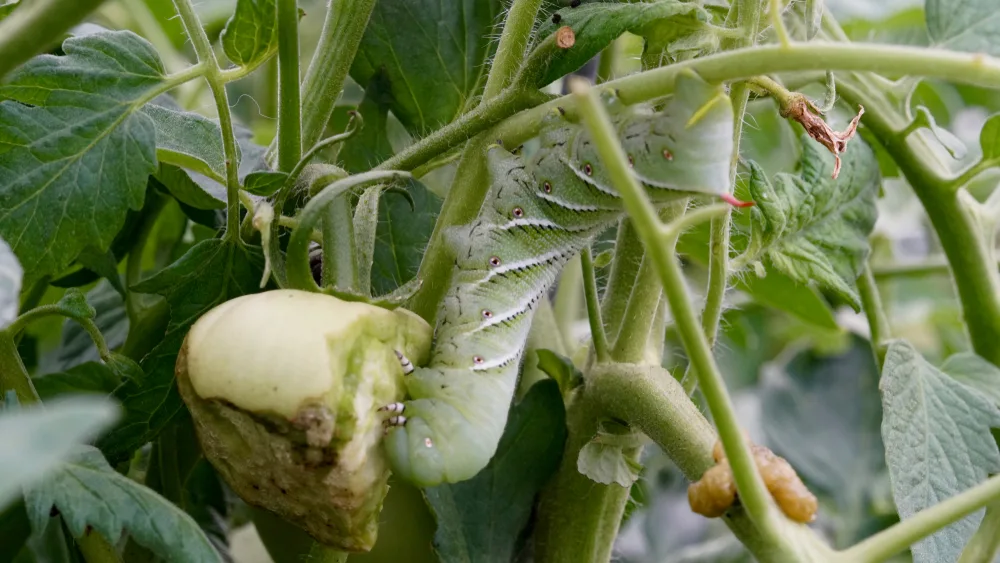
Source: ruralsprout
The good news is hornworms are relatively easy to get rid of without using harsh pesticides.
Spotting Hornworms
After an entire season of no tomatoes, thanks to these guys, I’ve wised up and now do a daily walk through to look for pest damage. Giving your garden the once over every day is a good idea in general. It’s easiest to control pests and disease if you catch them early on.
These guys typically show up around midsummer. And you can spot them pretty quickly. They leave some pretty obvious signs that they’re hanging around.
One of the most noticeable ways to spot a hornworm infestation is the rapid defoliation of your crop. If you suddenly notice your tomato leaves are looking rather sparse, it’s time to take a closer look.
Look for poop. And lots of it. Check the ground and leaves for dark green bits of caterpillar poop. With all of that eating, they tend to leave a ‘trail’ of evidence.
You’ll find lots of these little pellets on the ground when you’ve got hornworms.
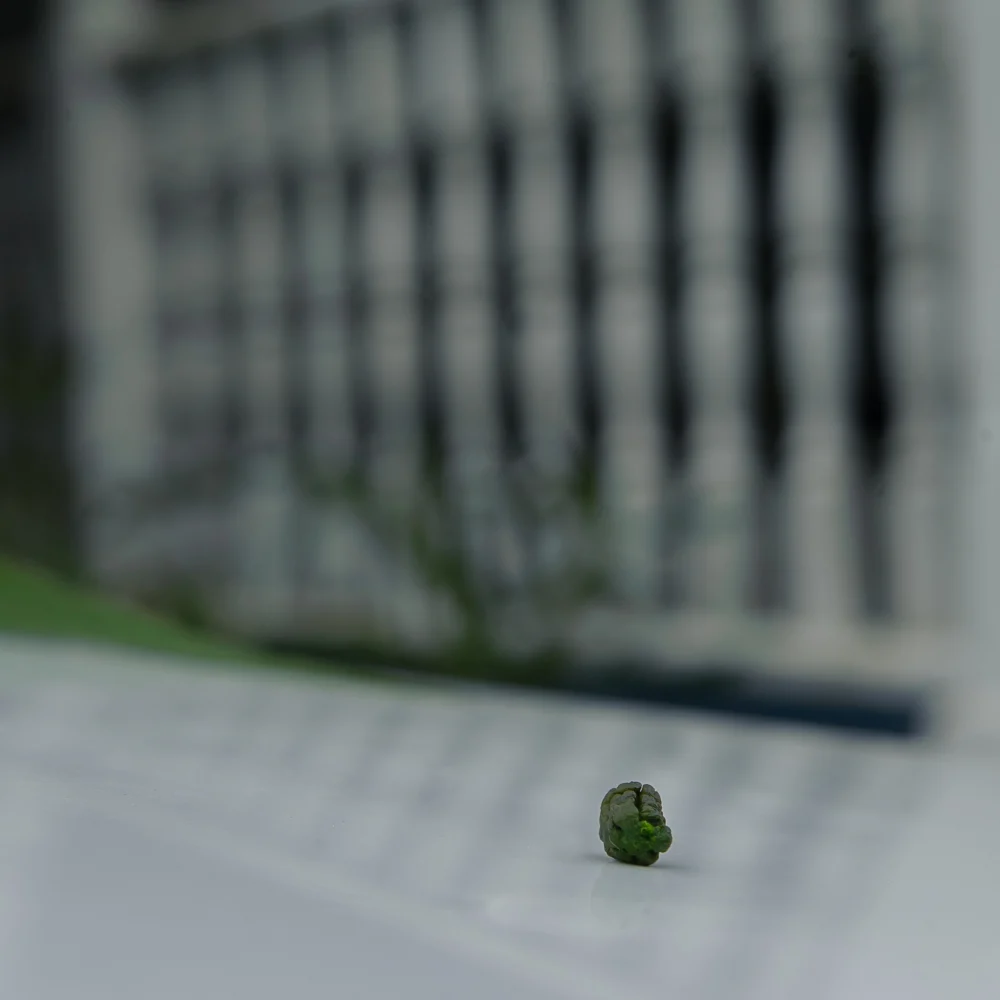
Source: ruralsprout
And of course, when you’re a giant caterpillar, it’s pretty hard to hide. In the morning, look for the caterpillars to be in plain sight at the top of the plants. During the hottest part of the day, hornworms will be lower on the plant and under the leaves to avoid the sun.
Now that you’ve found them, how do you get rid of them?
Enlist the help of other bugs. The braconid wasp is a brutal parasitoid that uses the hornworm for rearing it’s young. If you find hornworms that covered with tiny white fibery, cocoons leave them alone. They’ve been infested and are carrying the next generation of pest-destroyers on their backs.
You can rest assured that those hornworms won’t be eating your tomato plants for much longer.
Braconid wasps use the hornworm as a host, eventually killing the hornworm.
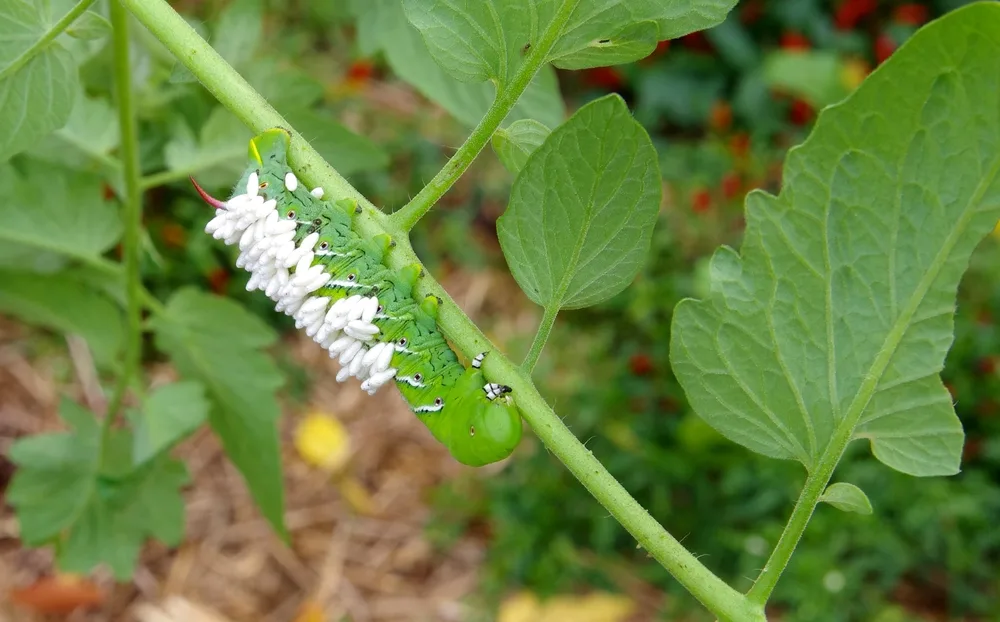
Source: ruralsprout
Ladybugs and green lacewings are also great at controlling hornworms, as they eat the larvae and eggs. Check out our full list of beneficial bug allies to employ in your garden.
Get the birds in on the action. Keeping a bird feeder or suet near your garden will attract birds. And quite a few of our feathered friends enjoy eating hornworms. You might consider putting a feeder right in among your tomato plants.
When it comes to controlling hornworms, I find the best solution is also the easiest.
Just pick them off.
If you get a little squeamish around bugs, put a pair of gardening gloves on. Remember, they can’t hurt you as they don’t bite or sting. Just thoroughly look over your plants and pick off the caterpillars.
You can relocate them or destroy them. If you have chickens, give your flock the caterpillars you find in your garden. Your girls will thank you for this protein-rich snack by rewarding you with more eggs. Or, if you keep a pet lizard or reptile, they also appreciate these tasty green snacks.
If you’ve caught them too late and you’re dealing with an infestation, you may wish to consider using BT or bacillus thuringiensis.
This naturally occurring bacteria is target specific (leaf-eating caterpillars), so you won’t be wiping out other beneficial bugs in your garden. It works by breaking down the gut of the caterpillar once ingested.
While thuricide BT is a pesticide, it’s a pollinator-safe option, which means it will do the least amount of damage to the insect population in your garden but still save your tomato crop.
Save next year’s tomatoes too.
Hornworms survive the winter as pupae buried in the soil. One of the best ways to prevent them from coming back next year is by tilling your garden under in the fall and again in the spring before planting.
Tilling the soil will disrupt the life cycle of many overwintering pests living in the ground, not just hornworms.
Rotating crops each year is another way to prevent the next generation of hornworms from finding your precious tomatoes.
Pest or Pollinator?
Here’s the thing about hornworms, they end up turning into some beautiful moths. And the tomato hornworm specifically, pupates into the hawk or sphinx moth. These pretty little pollinators are so large that they’re often mistaken for hummingbirds flitting around flowers.
All grown up, that pesky caterpillar becomes a pollinator.
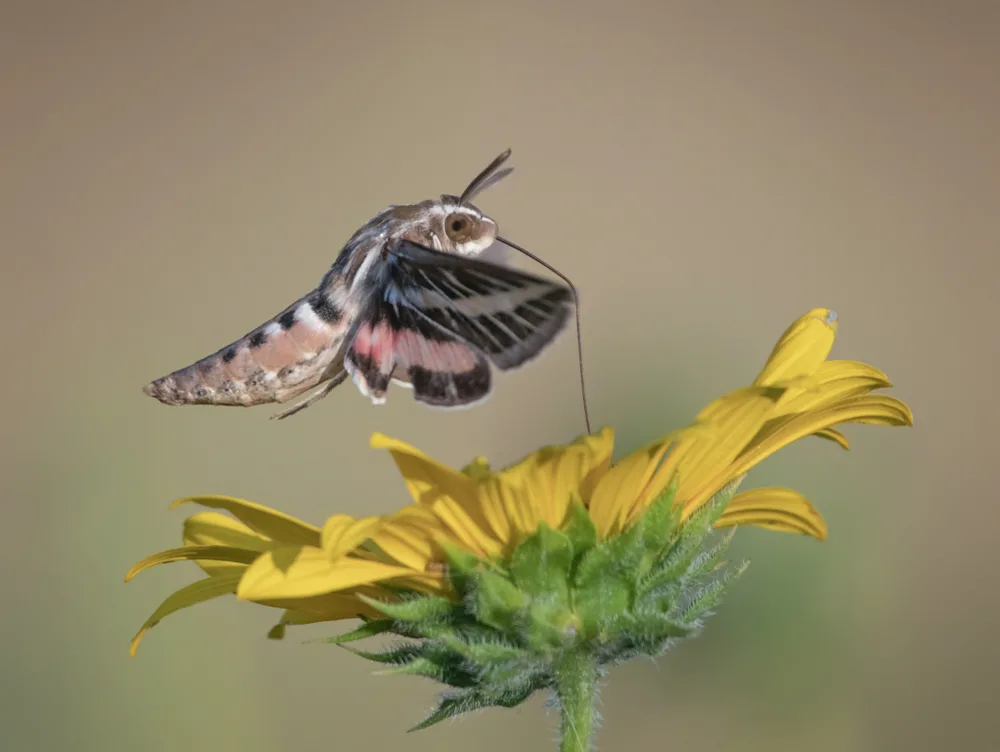
Once again, we find ourselves caught in the question of what makes a bug beneficial or a pest? A lot of it depends on what stage of the life cycle the insect finds its way into your garden. But it’s certainly something to take into account when considering how you’re going to deal with hornworms.
Some folks choose to destroy them completely. You may want to spare a few and relocate them. Or consider planting a couple of tomato plants away from your garden specifically for the rearing of the next generation of hawk moths.
Because of their gentle nature, hornworms make an excellent bug for teaching kids about the life cycle of moths and butterflies. Grab one or two and set them up in a jar with a few tomato plant stems (use the suckers which you’ll be pruning off anyway) and let your kiddos enjoy watching this giant caterpillar morph into a big, beautiful moth. Release the moth so it can pollinate flowers in your garden.
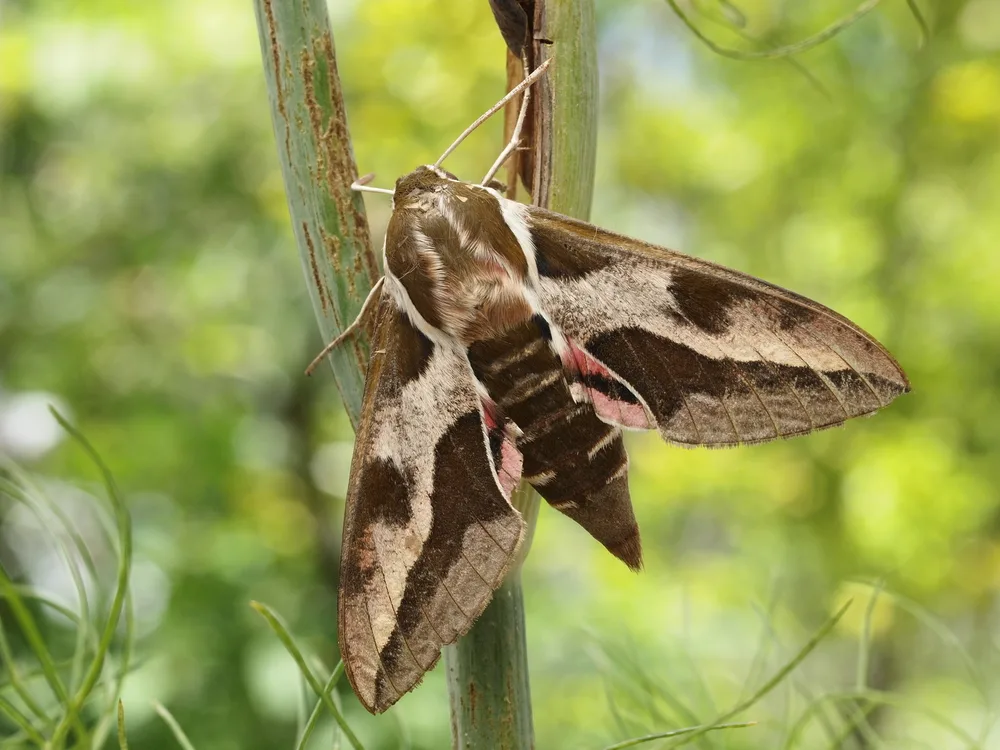
Source: ruralsprout
No matter how you choose to deal with an army of very hungry caterpillars, you’ll be ready when you find them in among your plants.